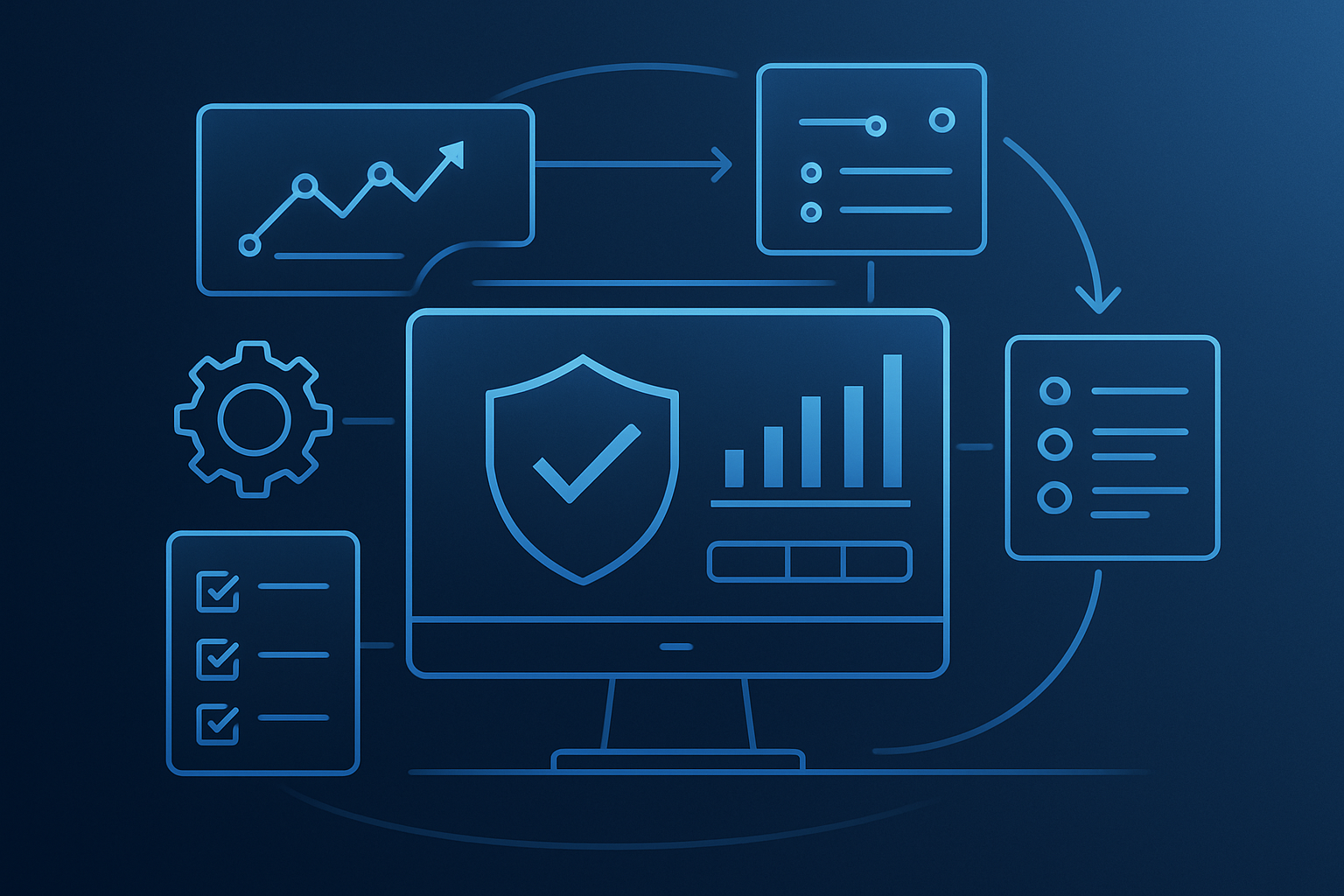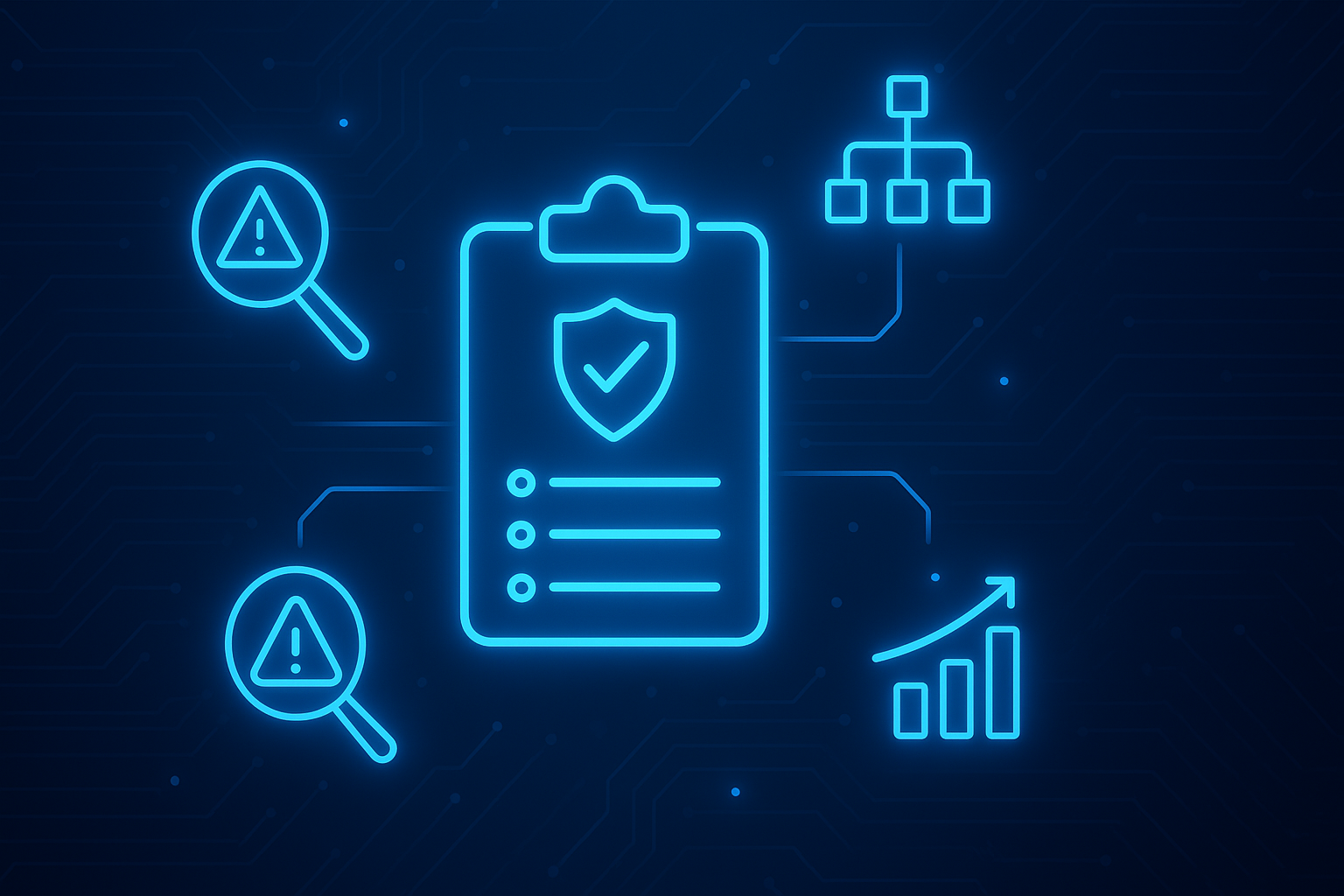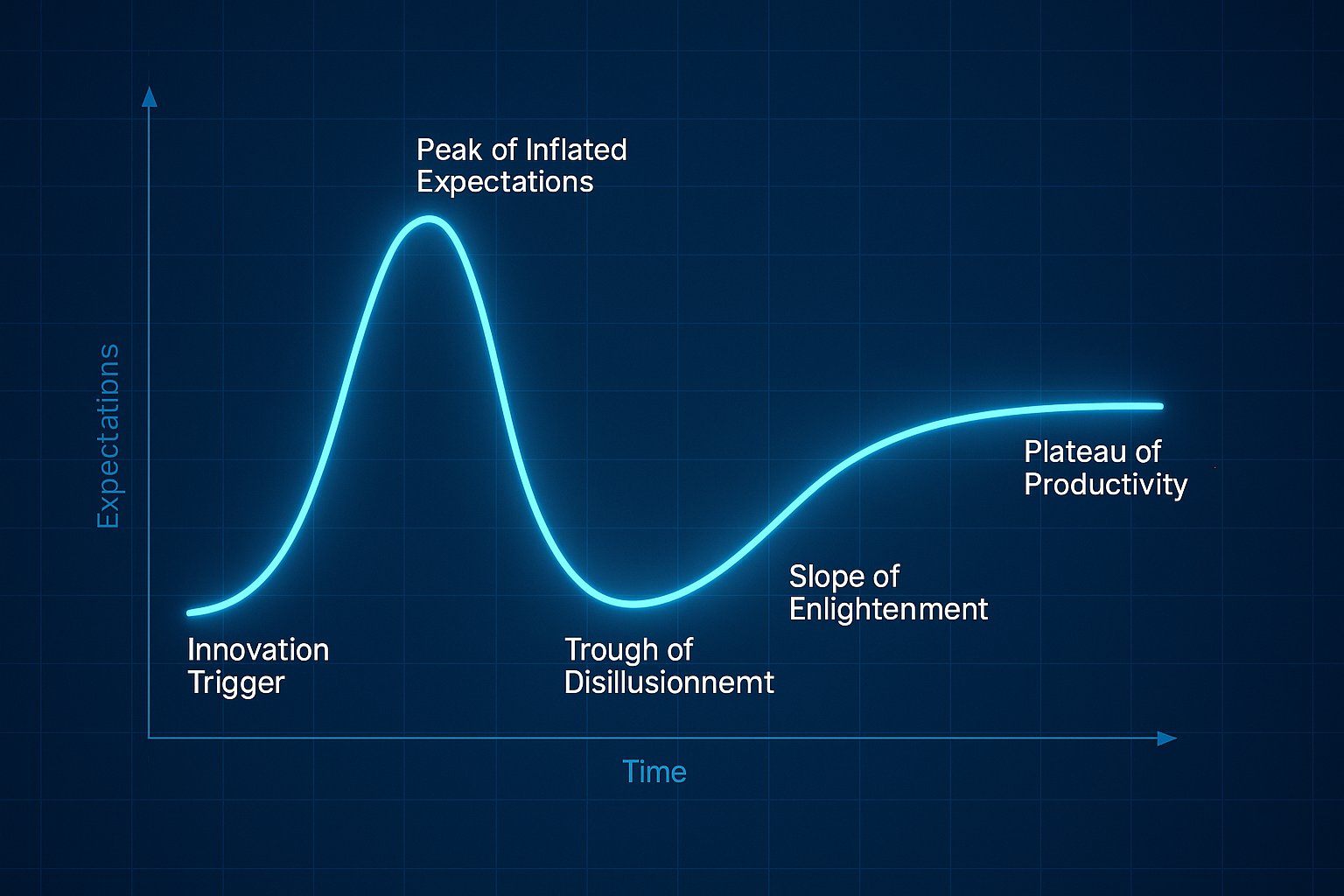Cyber risk quantification is the process of determining the likelihood and potential impact of a cyber attack or security breach. The probability and impact will vary based on your company's size, threat type, and industry. Using cyber risk quantification to understand the implications, CISOs and other leaders can improve cyber and business processes accordingly.
By selecting a comprehensive cyber risk quantification approach, numerous processes can be improved, starting with enhanced cyber risk management. CISOs and business leaders can identify and prioritize risks and effectively direct mitigation activities toward these gaps, leading to a more secure risk posture. Cyber risk quantification improves communication between cyber and business leaders by providing a common language - monetary terms. By translating risk into a dollar amount, leaders can effectively communicate financial impact, risks, where to allocate resources, and the value of various mitigation strategies.
Once your organization has established its cyber risk quantification process, CISOs can track these metrics over time to see where mitigation activities have succeeded. Historical data will help further justify security spend and showcase the ROI to executive leaders and the Board.
This blog will discuss two main cyber risk quantification models: the FAIR Model and NIST 800-30,. Depending on the data you seek and your organization’s structure and maturity, you can select the cyber risk assessment model that suits your cyber risk management process accordingly.
How to Quantify Cyber Risk with Each Model
NIST SP 800-30
NIST 800-30 is a comprehensive qualitative cybersecurity risk assessment model for evaluating an organization’s cybersecurity risks per the NIST 800-30 risk management framework. If your organization benchmarks against the NIST CSF and has a lower maturity, this model will help round out your cyber risk management program. The NIST 800-30 framework delivers insights relevant to security and risk teams by assisting them in identifying and prioritizing potential cybersecurity risks and developing mitigation strategies.
This risk analysis process has a few main components: a system characterization phase, a threat identification phase, a vulnerability assessment phase, and a risk assessment phase. Based on the results, teams can develop and implement mitigation strategies and regularly monitor these insights to ensure the security posture is effectively managed over time.
NIST 800-30 is incredibly impactful if your organization uses an automated platform that can streamline the assessment process, since spreadsheets would be inefficient and store dated information. You can use the NIST 800-30 risk assessment methodology to determine the most relevant threats to your organization, the likelihood of these threats, and how these threats will affect your organization.
The FAIR Model
FAIR, or Factor Analysis of Information Risk, is a cyber risk quantification model that monetizes risk exposure by breaking down the risk by its loss magnitude and loss event frequency and analyzing how these two aspects interact. This assessment process involves data modeling techniques like Monte Carlo simulations. FAIR is especially valuable for mature organizations looking to improve communication with business-side leaders and the Board.
By translating risk into monetary terms, CISOs can bridge communication with these leaders and drive informed decision-making around resource allocation and investments.
Download our guide to presenting financialized cyber risk insights for CISOs and Security Leaders.
Risk teams can leverage this data-driven approach in conjunction with top industry frameworks like the NIST CSF and ISO 27001. The FAIR model requires specialized knowledge and skills in data analysis, statistics, risk modeling, information security, business operations, and communication and collaboration. Use FAIR risk analysis to guide effective decision-making and establish top-down cyber awareness.
Getting ready to evaluate CRQ vendors? Download our research brief on what to look for in cyber risk quantification software.
What is Cyber Risk Financial Quantification?
Cyber risk financial quantification is the process of assessing cybersecurity threats by assigning measurable financial values to potential risks, using frameworks like FAIR and NIST 800-30. Unlike qualitative assessments that rely on subjective labels (e.g., "high" or "low"), CRQ translates technical vulnerabilities into tangible monetary metrics such as Annualized Loss Expectancy (ALE) and risk exposure ratios. This approach replaces vague prioritization with data-driven insights, enabling organizations to compare cyber risks against other business risks using standardized financial terms.
For CISOs, CRQ is a strategic bridge between technical teams and executive leadership. Converting cyber risks into dollar values, allows security leaders to articulate threats in boardroom-friendly language, justifying investments through ROI-focused arguments.
This financial perspective helps CISOs prioritize high-impact vulnerabilities, allocate resources effectively, and demonstrate compliance with regulations like the SEC Cybersecurity Rule. Tools like CyberSaint's CyberStrong platform further empower CISOs by automating risk quantification, integrating real-time security data with business impact analysis, and providing dynamic dashboards to track risk reduction over time. This shifts cybersecurity from a cost center to a strategic business function, fostering alignment between security initiatives and organizational objectives.
Ready to start your CRQ journey? Download our guide to your first CRQ pilot.
Enhance Cyber Risk Management with Quantified Insights
As cyber becomes a pillar of business success, it has become increasingly important to communicate with executive leadership and the board. Utilizing any of the above-mentioned approaches will empower your security and risk team to deliver actionable insights on risk posture and remediation activities, leveraging real-time cybersecurity risk assessments. Using CyberStrong’s Risk Register, security professionals can perform cyber risk quantification analysis based on these three models and track all risks dynamically in a single location.
Prepare your team for CRQ operations by addressing cyber risk quantification complications and how CyberStrong efficiently addresses them.
Schedule a conversation with us to discover how you can leverage a multi-model approach to cyber risk quantification to enhance cyber risk data.





.png)
.png)
.png)
%201.png)
.png)




